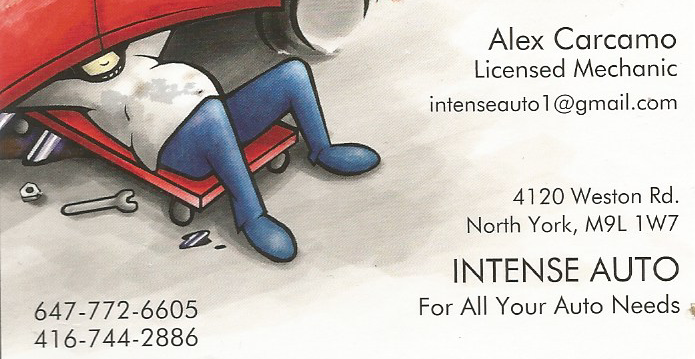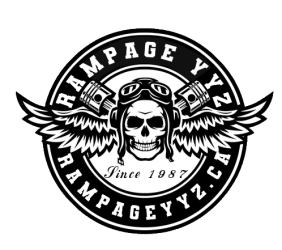During the Second World War, many National Hockey League players put their careers on hold to serve in the military. Most players, though, did not enlist as dramatically as Milt Schmidt, Woody Dumart and Bobby Bauer. The three forwards for the Boston Bruins’ best line, ironically nicknamed the ”Kraut Line” because of their German ancestry, hung up their skates and enlisted together in the Royal Canadian Air Force on the same day in 1942. The fans went wild! All three saw action overseas as aircrew. Fortunately they survived the war and returned to the NHL, but not before they had given up three and a half years of their hockey careers to serve in the cause of peace and freedom. The teammates hadn’t lost their hockey flair and helped the Bruins reach the Stanley Cup finals in 1946.
In Toronto, co-owner of the Maple Leafs, Conn Smythe (who had been decorated for bravery in the First World War) enlisted again at age 45. Leading by example, many Maple Leaf players also decided to join the war effort. Smythe was commanding an artillery battery in France when he was wounded in an enemy bombing attack. To this day, the National Hockey League trophy for the most valuable player in the playoffs is named in his honour. As Veteran Gordie Bannerman recalled in his memoirs, “Turk Broda of the Leafs and a few more NHL chaps were just overseas and had the help of Conn Smythe, Leafs owner, who commanded an artillery battery. Orme Payne, Sparky Ament, Darcy Spencer, Bob Bradley, and a couple more of our chaps, plus 5th LAA personnel were off to Amsterdam to play hockey. The fellows had a pretty good few weeks in the city of canals.”
Some players, like Maurice “Rocket” Richard, could not enlist because of injuries they had received during their hockey careers. Other players enlisted but did not make it to the front lines. Having them play hockey either in Canada or in military camps overseas proved to be a pillar of strength for both civilians and the military. Highly competitive regimental hockey teams were formed, serving such purposes as keeping the men fit and entertaining the serving members on military bases.
The war also had a huge impact on the Canadian economy. Various peace-time factories were converted to supply much needed products for the war effort. For example, the Canadian Cycle and Motor Co. Ltd. of Weston, Ontario, which had made bicycles and hockey skates before the war, took over the manufacture of armaments including gun parts, tripods for Bren guns, and cradles and pivots for anti-tank guns.
While firm numbers are elusive, hundreds of Canadian hockey players from all leagues would end up serving during the Second World War and sadly, more than 50 would not survive.
Following the Second World War, the 1948 Winter Olympic Games were held in St. Moritz, Switzerland. Many of the players on the Royal Canadian Air Force hockey team, representing Canada, were Veterans of the war. Despite a challenging tournament, the men finished in first place. In 2000, the 1948 Royal Canadian Air Force Flyers’ gold medal win was selected as the ”greatest moment in Canadian Armed Forces sports history” and the team was inducted into the Canadian Olympics Hall of Fame in 2008.





